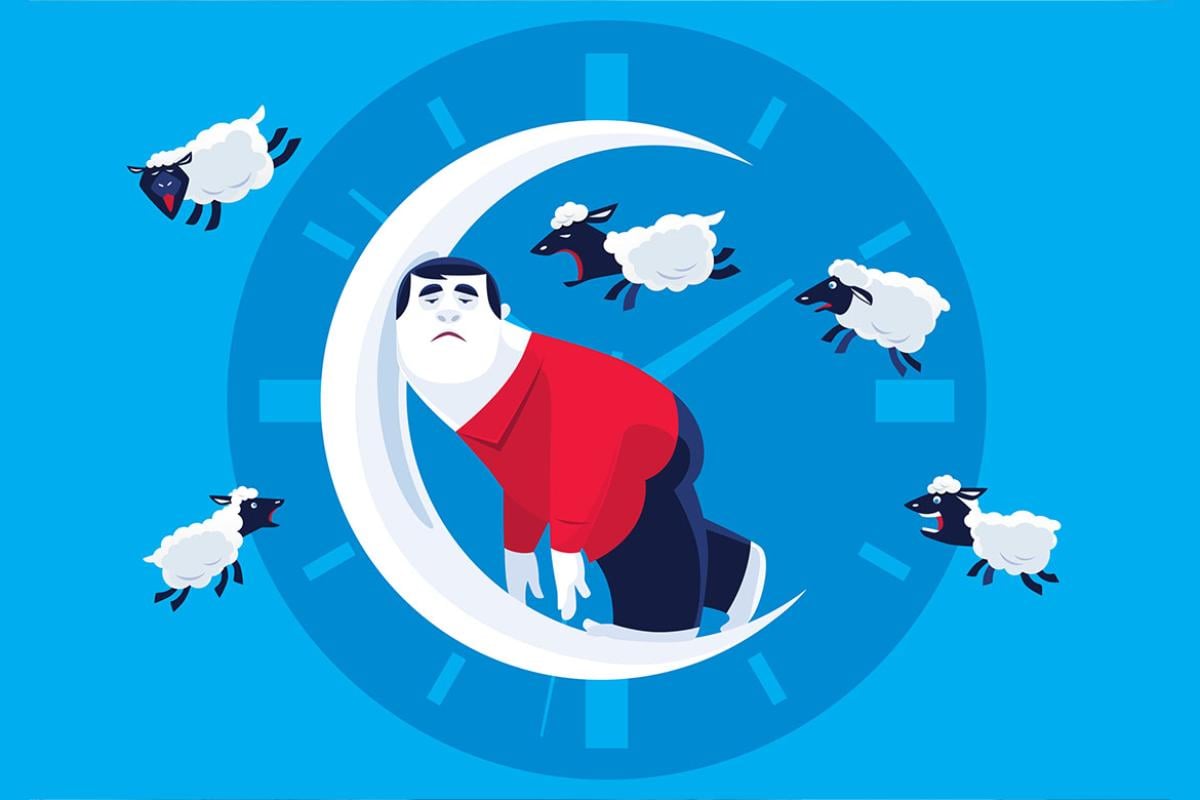A survey of more than 3,000 physicians shows that nearly one in four doctors across the career spectrum reports frequent or intense symptoms of imposter phenomenon—a psychological construct characterized by the persistent belief that one’s success is undeserved rather than due to personal effort, skill and ability.
Coupled with other available data points, the study’s findings suggest that for many physicians, imposter phenomenon experiences—sometimes referred to as imposter syndrome—can develop during medical school and residency and continue beyond training.
“Although physicians are compassionate with others, they often hold themselves to unrealistic expectations and are perfectionistic and self-critical,” said AMA member Tait Shanafelt, MD, the study’s first author and the chief wellness officer at Stanford Medicine. “A number of professional norms and aspects of the culture of medicine also suggest that physicians should be impervious to normal human limitations. This combination of these professional norms and a highly accomplished peer group can lead to feelings of inadequacy that also contribute to the imposter syndrome.”
How young physicians are affected
The study, published in Mayo Clinic Proceedings, found that physicians more frequently experience disappointment in present accomplishments than workers in other fields. Using a modified version of the Clance Imposter Phenomenon Scale, the survey found that 40.4% of physicians had imposter phenomenon scores that would fall in the minimal range, 36.4% had scores in the moderate range, 17.4% had scores in the frequent range and 5.8% had scores in the intense range.
Average imposter phenomenon scores were higher (unfavorable) among women and younger physicians. For example, the average score (range 4-20) was 11.32 among physicians under 35 and 11.46 among physicians 35–44 years old. Both averages fall into the “moderate” imposter phenomenon category. The average dropped to 10.10 for the 45–54 age group and 9.39 for physicians 55–64 years old, still in the “moderate” range.
“Over time physicians may be less likely to compare themselves to their peers, to recognize that people have different professional values and priorities, and to focus on those areas of greatest meaning to themselves rather than comparing themselves to peers,” Dr. Shanafelt said. “As they become more established in their career, they may also have more confidence and self-esteem.”
Imposter phenomenon scores also were less favorable among those working in academic practice or in the Veterans Health Administration Medical System. In analyzing the scores among women physicians, higher rates of imposter phenomenon persisted after adjusting for age, relationship status, hours worked per week, practice setting and specialty.
Getting past perfectionism
Physicians experiencing imposter phenomenon were more likely to have occupational distress, the study found. The manifestations of that distress included symptoms of burnout such as emotional exhaustion, depersonalization and lack of professional fulfillment. Higher imposter phenomenon scores also correlated with a higher prevalence of suicidal ideation, the study found. Reducing physician burnout is a critical component of the AMA Recovery Plan for America’s Physicians..
To curb the prevalence and intensity of imposter syndrome in the profession, particularly among the most affected physician demographics requires system-level interventions, Dr. Shanafelt noted.
“Beyond increasing awareness and dispelling myths that everyone else ‘has it all together’, we need system interventions that evolve the professional culture so that it fosters authenticity and vulnerability which allows physicians to better support one another as they navigate the challenges of their career,” he said.
“This includes efforts to improve self-valuation, reduce perfectionism and to foster a growth mindset. Although we often do heroic things, we are humans and are subject to normal human limitations,” Dr. Shanafelt added. “We need to cultivate a professional environment that allows colleagues to better support each other.”
For individual physicians combating imposter syndrome, Dr. Shanafelt said that the data indicates “you are not alone.” Recognizing that is an important first step.
“No individual graduates from medical school or completes residency and fellowship training due to chance or luck,” he said. “Accomplishing these things requires talent, aptitude and hard work.”
“Our peers are a highly accomplished peer group who have unique talents and strengths. We shouldn’t compare ourselves to our colleagues in each and every domain,” Dr. Shanafelt said. “It can be helpful to find a group of colleagues who you trust and can be vulnerable with. Meeting with them at regular intervals to discuss the ups and downs of your career can be a helpful approach to create self-compassion and mitigates the imposter syndrome.”
The AMA Transition to Practice series has guidance and resources on deciding where to practice, negotiating an employment contract, managing work-life balance, and other essential tips about starting in practice.




